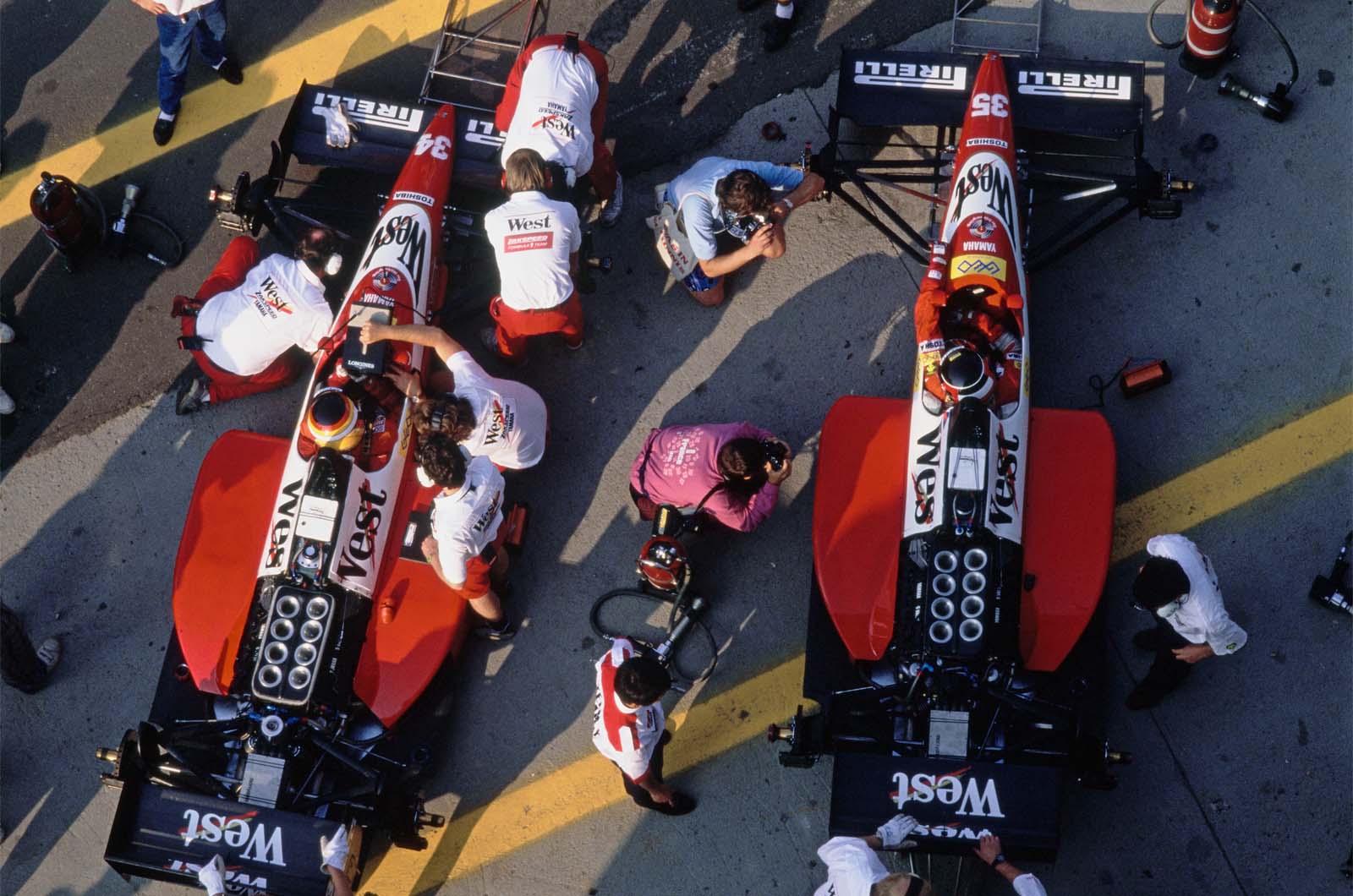Andretti is one of the world’s top motorsport firms, has attracted star technical staff, promises to bring along General Motors as its engine supplier and is prepared to stump up the $200 million entry fee – so naturally Formula 1’s response to its application has been ‘jog on’.
It’s a situation that has stupefied outsiders, and the polar opposite of how things were in the 1980s, when the inspiring brilliance of Ferrari, McLaren and Williams was juxtaposed by utter incompetence from a whole scrum of tiny teams.
The peak of this F1 tin-pottery came in 1989, when no fewer than 40 cars were entered (double the 2024 total), despite the maximum permitted on a starting grid being 26.
This meant that not only would some cars fail to qualify to race, some would even fail to pre-qualify from an extra session held very early on the Friday morning.
This over-subscription occured as a result of F1 banning turbo engines, due to safety concerns and competitive disparity: turbocharger tech still being in its infancy, the engines suffered awful lag and were too costly for smaller teams.
The far lower cost of atmo engines and a smorgasbord of firms making them – in a heady array of V8, V10, V12, W12 and even flat-12 forms – made a crack at F1 irresistible to many smaller concerns. So, for 1989, three teams joined and several of the minnows upped their entries from one car to two.
“The sheer logistics make frightening reading,” Autocar’s Eoin Young opined. “The paddocks were groaning at the seams last season, and now the problem will be even worse. I understand that teams which fail to pre-qualify will be asked to leave that day, removing their cars and transporters and even surrendering their pit passes.”
After evaluating the front-runners in our season preview, we sneered at the smaller teams: BMS Scuderia Italia, Osella, Minardi, Ligier, Larrousse, Coloni, EuroBrun, Rial, Zakspeed, Moneytron Onyx, AGS and First. A billion nerd points if you can picture all their cars, twice that if you can name their drivers.
Actually, you won’t be able to recall the First car, because it failed its FIA crash test, to the surprise of no one: its designer had distanced himself on the basis that “it was built up from sub-standard parts”!
“What I want to know is, how do they do it?” Young asked after attending the Onyx launch party. “How can they presumably spend £10m [£26m today] on setting up, £15k on an over-the-top laser-light extravaganza in London, and then tell their sponsors that their best hope this summer is qualifying in a race of two? How often have we seen teams come in with a bang and depart with a whimper.”
And their hopes were dashed emphatically in Rio, as they lapped 7sec and 10sec down on the Brabhams that escaped pre-qualifying, which themselves were 1.5sec down on Ayrton Senna’s pole time.

